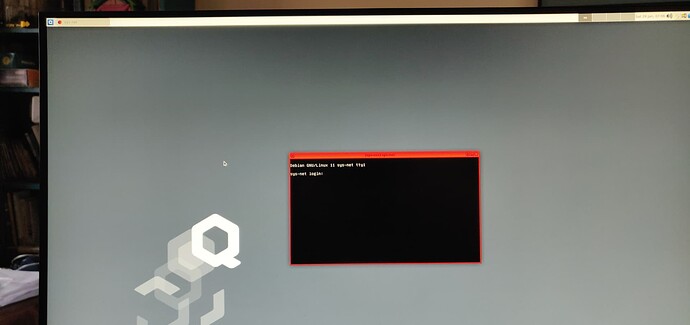I have an AMD machine without proper SATA connection, on which I’d like to do some tests, so I’m trying to install to a 32GB USB stick (from another 4.1rc3 install stick).
Once I select the target drive in the installer, the “installation summary” page claims “Error checking storage configuration”. When I get back to “installation destination screen” and use “click for details”, I’m told “new lv is too large to fit in free space”, and the “Modify storage layout” button just brings me back to the main “installation destination” screen.
This 32GB-labelled stick is shown as 29GB in the installer, but I imagine I’d get a clear “not enough space” error if that was the problem, right ?
Now switching to the text console and browsing the “storage-log” tab does not reveal any error or obvious problem.
If I go through “manual partitionning”, the “create mountpoints automatically” option gets me to the same situation: nothing visible in the details tab, nothing apparent to act on.
Any ideas about what goes wrong here ?
Trying manual partitionning, I’m asking for creation of a 10GB / and a 500mb /boot. That leaves a warning about not having a swap… and despite no  sign remaining I’m unable to click the grayed-out button to proceed with the installation.
sign remaining I’m unable to click the grayed-out button to proceed with the installation.
So I try adding a 512mb swap… and then I’m told I’m missing 2.6GB (while at the same time the UI shows 17GiB available space, and the storage-log tab shows “vg qubes_dom0” has -4MiB free"). Then I try removing the “swap” entry to see if that would change anything, and the UI just becomes unresponsive - I can still switch to text mode but that seems to be all I can do.
Trying to change the “desired capacity” of the rootfs, clicking on “update settings” button also makes the UI unresponsive (but this time the mouse pointer has been changed to a “busy” spinner).
I also note that in the manual-partitionning interface the qubes-dom0 vg is always listed with “0 B free”.
When requesting creation of a 15GiB rootfs at last I can hit “begin installation”… but the partitionning UI seems to be in need of a revamp 





